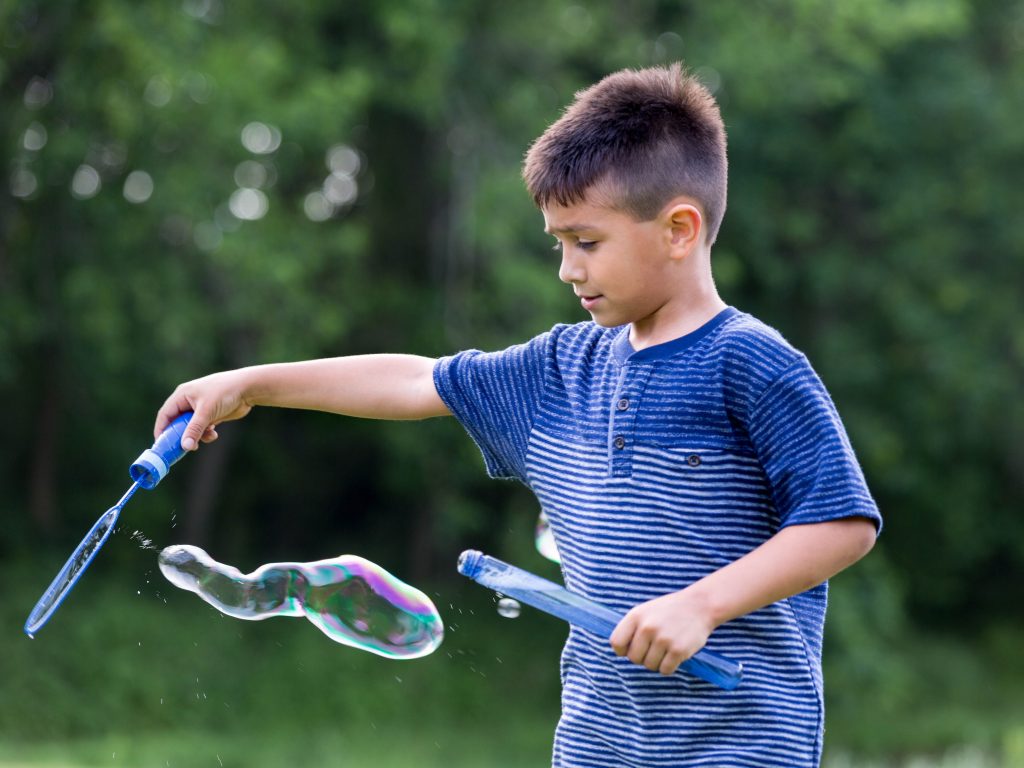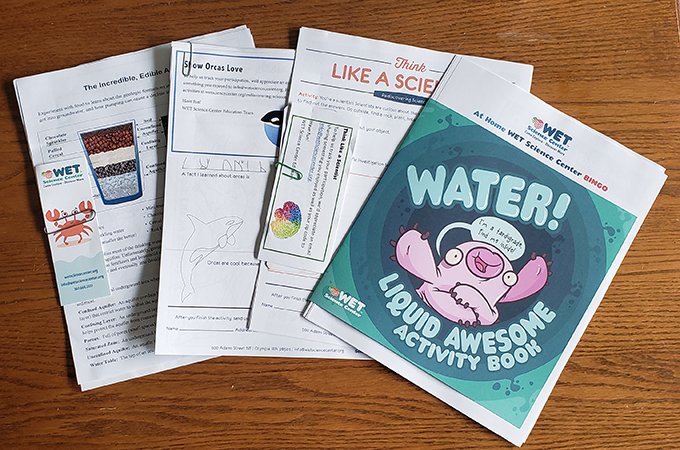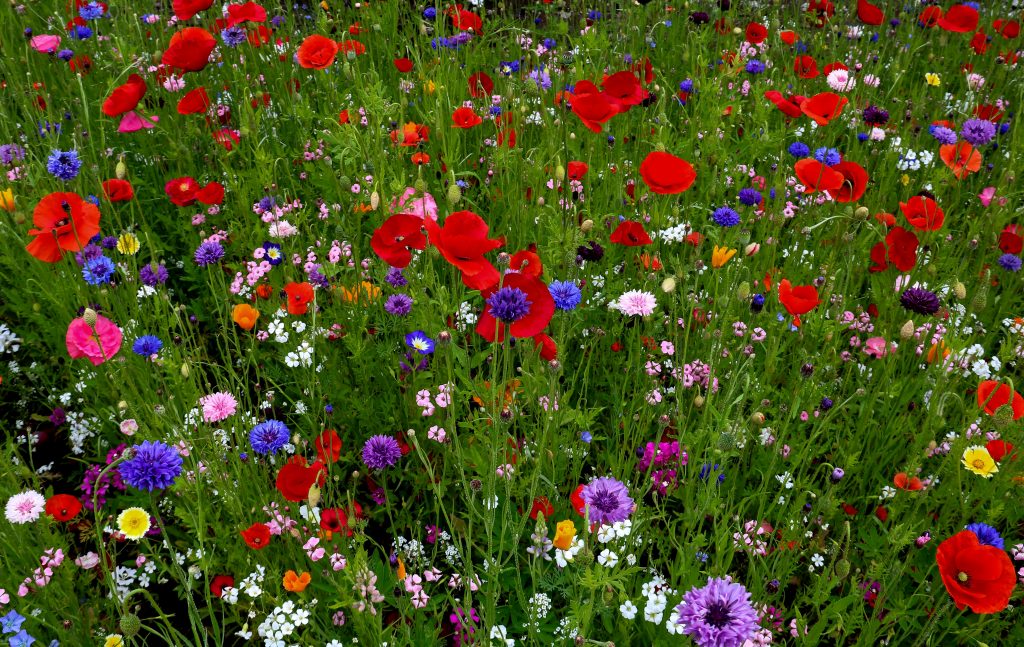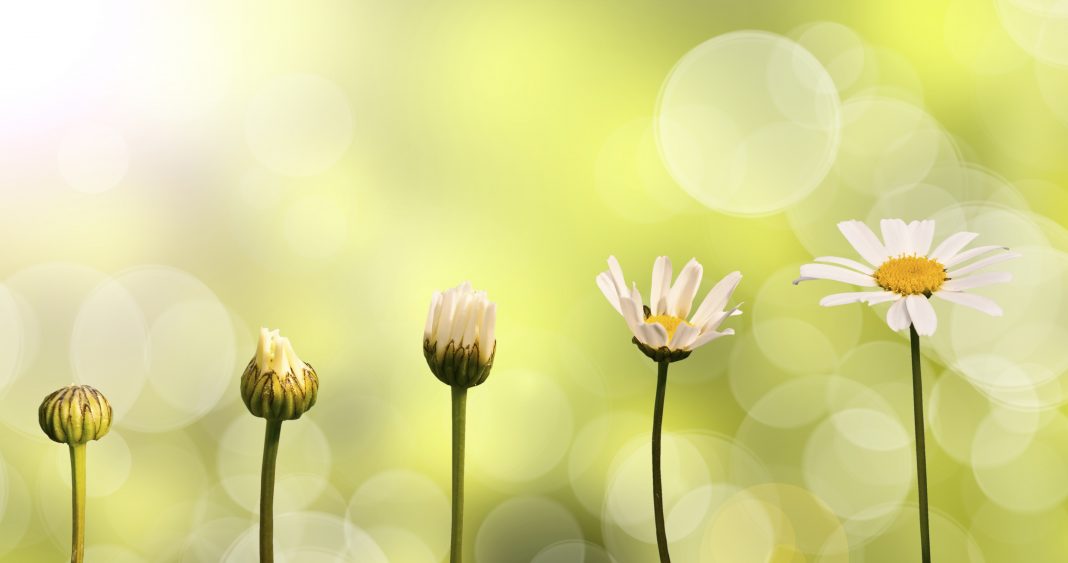Submitted by the WET Science Center
What do blooms and bubbles have in common? They’re a swirling rainbow of colors, both built to burst when the time is right. This warm weather makes it the perfect time to explore the stages of colorful flowers and pop bubbles with activities on the WET Science Center’s new Rediscovering Science web page.
Our featured activity, the Bloom Hunt, gets you observing flowers of different colors, shapes, and life stages. Submit your Bloom Hunt activity to us for a WET Science Center prize. You can also share a photo of any other Rediscovering Science activity you do to be entered in a raffle for a pressed flower art frame from Captain Little. We’ll be sharing science fun with a different theme every week, so be sure to visit our webpage!

Science in our Community
In addition to our Rediscovering Science activities, you can play our At-Home Bingo. Each square is an activity to get you thinking and having fun. Let us know when you get a bingo to claim your prize. There are also magic lines going up around Lacey, Olympia, and Tumwater. Every line has printed activity packets perfect for 5-12 year olds. Contact us for information on one near you, or to host your own magic line.

Why do Flowers Exist?
Last week we practiced thinking like a scientist, which usually starts by asking a question Use those questioning skills to explore flowers. Why do plants make flowers? Why are they shaped and colored differently? How come flowers bloom at different times? The possibilities are endless! What other questions about flowers can you ask?
To answer our first question, plants make flowers to reproduce – to make more plants. This reproduction strategy is so successful that flowering plants make up nearly 90% of the plant world! However, this wouldn’t be possible without pollinators transferring pollen from flower to flower as they collect nectar. Together, flowers and pollinators have coevolved over thousands of years to have some clever adaptations.
Remember, pollinators are beetles, bats, butterflies, bees, and wasps. Like us, some pollinators are pickier than others, and trying new food can seem strange. Some only visit one kind of flower! This is why we must promote and preserve native flowers. We don’t want our native pollinators to lose their primary food source. Best of all, preserving native plants ensures we get to experience a beautifully diverse world of flowers! Get your own pollinator-friendly flower mix from Washington State Noxious Weed Control Board.

















































